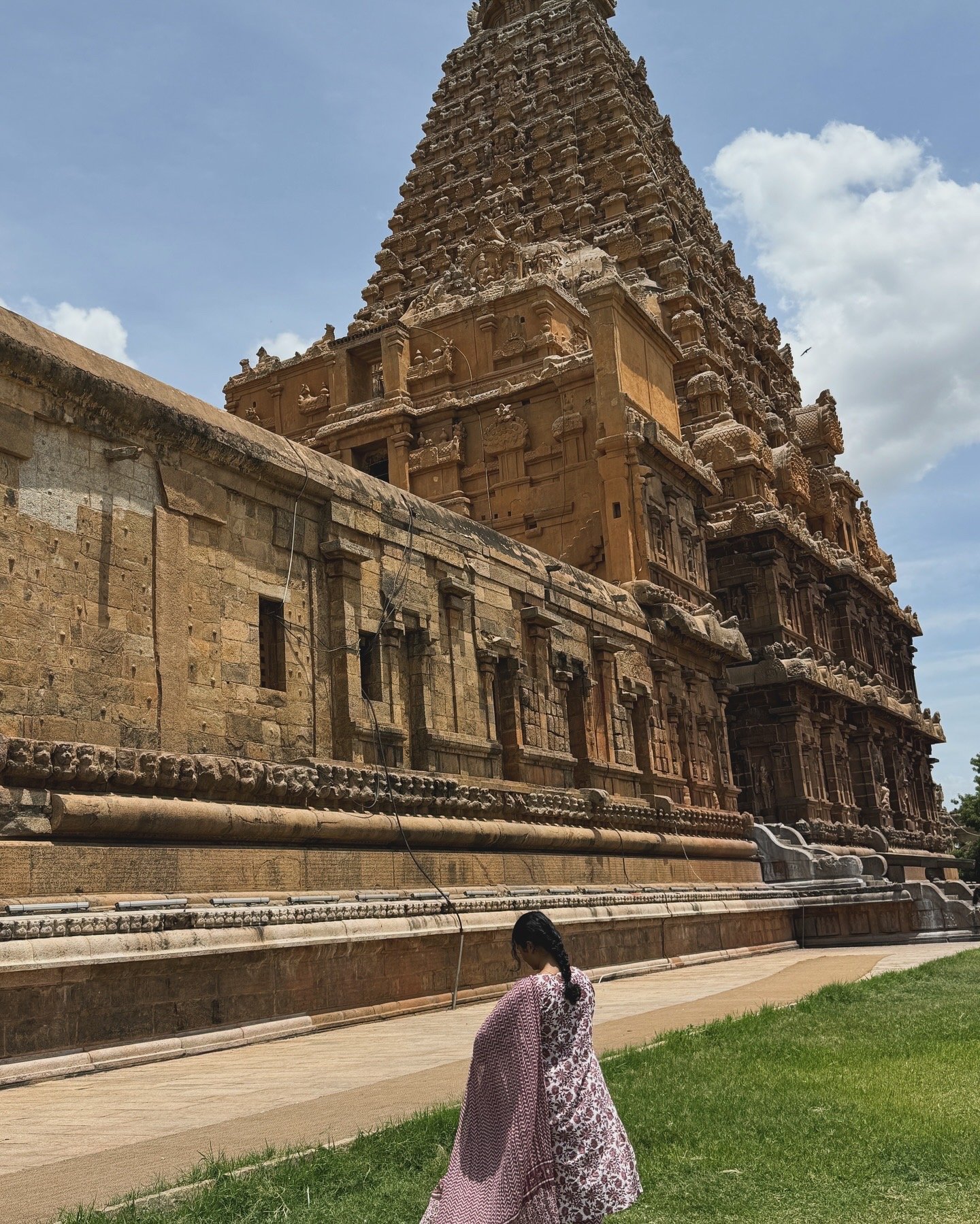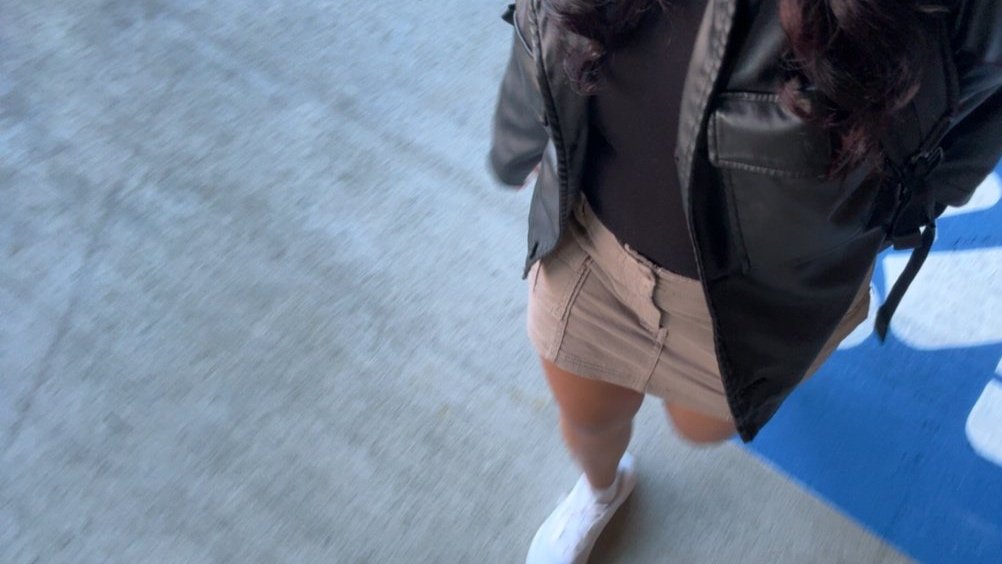DISCOVERING SOUTH INDIAN FEMALE FASHION: KURTAS, SARIS, AND WESTERN WEAR
Introduction
As I wrap up my final week here in Chennai, India, there is so much that I’ve learned about my own South Indian culture and South Indian fashion. From kurtas, to saris, Western wear, and more, I have been able to discover a variety of different ways to showcase female fashion in South India.
Here is all that I’ve experimented with during the past three weeks.
Kurtas: Casual Comfort
Every time my family and I visit India, the first thing we buy are kurtas. Sometimes, we also call them churidars or salwars, but that represents a fancier version of the attire to me.
Kurtas, on the other hand, are usually very casual and comfortable to wear, especially for the South Indian heat. They come in a variety of different colors and patterns, and you can dress them up or dress them down, depending on what you do with other parts of your outfit, including shoes, hair, and accessories.
Kurtas usually come in three parts:
The pants
The top
The chuni/dupatta
Usually, I wear kurtas while doing regular errands or just around the house because they are quick to throw on, look put-together, and are extremely comfortable. I also wear kurtas when I go to temples near my neighborhood because while they are traditional, they are not a big hassle like saris can be.
Traditional Saris: Elegance in Every Drape
Traditional saris are GORGEOUS. If you didn’t already know, saris are actually just one long piece of cloth that women drape around their bodies. These pieces of cloth are often made out of pure silk and come with an extra piece for the blouse as well.
These are called “blouse bits”, and you get them stitched specifically for your body by a tailor. You can also get ready-made blouses that are already stitched, but for traditional silk saris, you usually get them hand-stitched by a tailor.
As for the pallu part of the sari (the extra piece that hangs from your shoulder), traditional saris usually require you to pleat your pallu, so it doesn’t fall off your shoulder and to your arms. It just looks cleaner that way.
Designer Saris: Modern Glamour
Like traditional saris, designer saris are also made out of one long piece of cloth that is draped around the body. The difference with designer saris is that they are usually not made out of pure silk. There are different types of cloth mixtures for designer saris, including polyester, tissue silk, and other synthetic materials.
Another difference with designer saris is that they are also usually much “fancier” than traditional saris. Don’t get me wrong, they both look beautiful, but designer saris usually have additional ornaments, including embroidery, stone-work, and fancier blouse bits. It’s also much easier to find ready-made blouses for designer saris because oftentimes, these ready-made blouses are actually made by designers themselves.
Designer saris are also usually worn with no pleats in the pallu. You usually just let the pallu drape down your arm to give it a more modern look.
As for the price, designer saris are usually more expensive than traditional ones due to the extra work done on them. However, there is still a large range of prices for both types of saris, depending on quality and occasion.
In my personal opinion, designer saris are easier to drape on the body because they are usually made out of flowy-er and softer material. Yet, this also means that it’s harder to get that crisp and clean look that you would get from a traditional sari.
Western Wear: Casual and Chic
Even though traditional wear is common in India, Western wear is also common during different occasions. For example, if you walk into any mall, you will likely find that most people are dressed in Western wear.
This also goes for movie theaters and cafes. Basically, in places where you’re hanging out or having fun with your friends, you will likely find people wearing Western clothing.
This includes anything from dresses to pants, skirts, t-shirts, formal wear, and more.
Nose Piercing: Cultural Femininity and Strength
I got a nose piercing in India!
In Western countries, this can seem like a huge step. After all, getting a facial piercing is a big deal.
However, nose piercings are quite common in India. You’re almost an outsider if you don’t have one because nose piercings represent a deep part of Indian culture. You will find many Hindu goddesses wearing a nose ring, and this piercing serves as a way to showcase femininity and strength in women.
Although this is a tradition in India, it is also a fashion statement for many people. With the variety of nose rings and pins that you can wear, it’s almost impossible to get bored.
Mehndi: Traditional Body Art
And finally, mehndi. Mehndi or henna is like a temporary tattoo that many women get on their hands and feet during special occasions. This can include weddings, birthdays, poojas, and more. Or, you can just get them for fun, like I did.
Mehndi is a paste that is made from a natural plant, called the henna plant. You grind up the dried leaves, and put this paste into a plastic cone/tube. This tube is then used to apply the mehndi in intricate designs.
Once the design is complete, you let the paste dry on your skin. The longer you keep the paste on, the darker the stain becomes and the longer it lasts.
It really is a beautiful way to naturally add art to your body.
Conclusion
This is not an exhaustive list of the different types of fashion in South India.
India is a diverse country, and thus its population’s fashion choices are also vastly diverse. These are just some of the thing that I was able to experiment with during my past three weeks here, and I thought I’d share them with you.
From casual wear and designer saris to Western wear and more, Indian fashion is a lot, even for me. Hopefully you learned something interesting for this. What is your favorite type of Indian fashion?



















